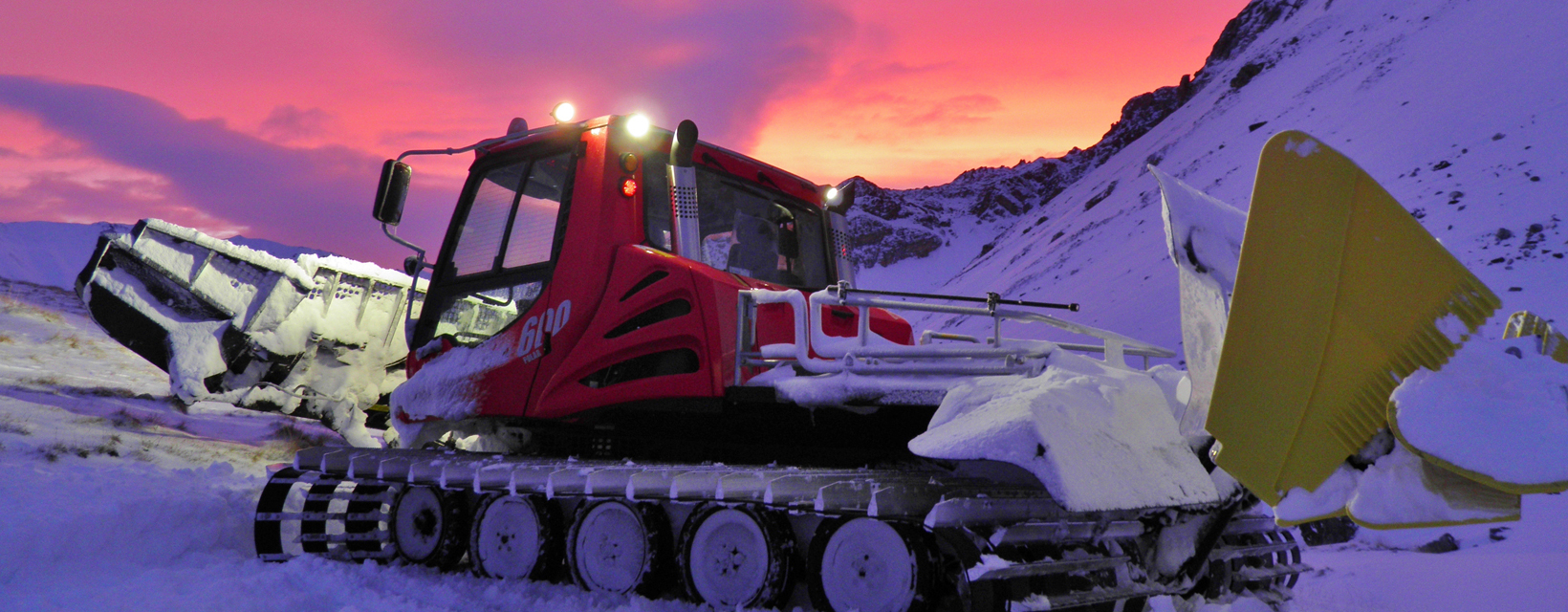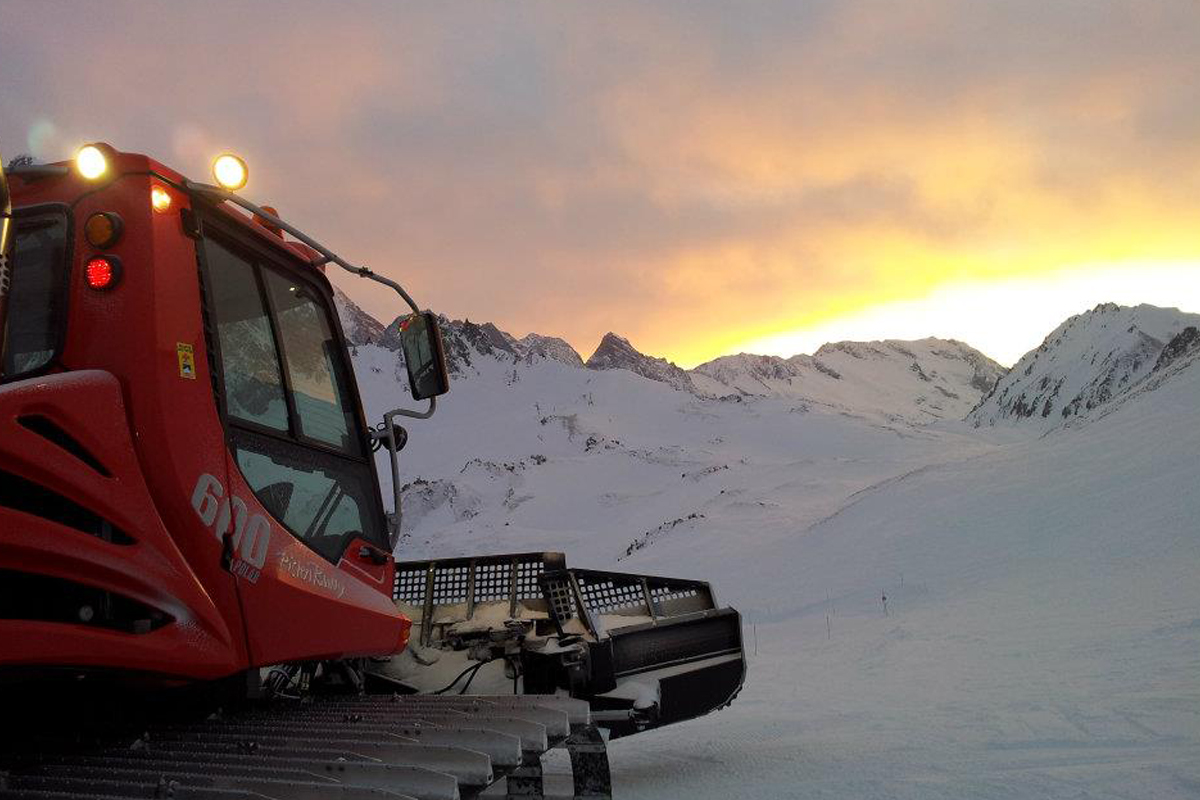
Manto de nieve artificial en Tignes
Los nivocultores son los encargados de la explotación y el mantenimiento de las instalaciones de producción de nieve artificial. A partir de las vacaciones de Navidad, los cañones de nieve funcionan, sobre todo, por la noche. Si se produjera algún incidente nocturno se podría requerir la intervención de los nivocultores. Un sistema de televigilancia por internet les permite controlar a distancia el sistema de producción.
Here in Tignes, the water is taken directly from the natural lake at 2100 meters. No chemicals are added.

Tignes Snow Grooming Team’s 28 snowcat operators take over the ski runs from closing to opening. Tignes has 15 units of machinery, including 5 pipe-cutting attachments and a snowcat to mold half-pipes and ensure maximal enjoyment for skiers and boarders. Their duties include: